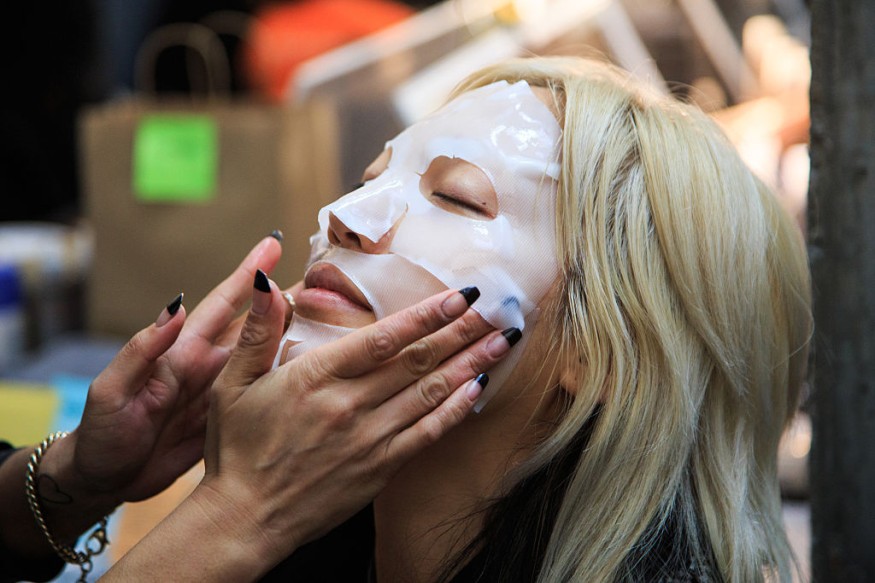Kojic Acid: Treats Sun Damage, Age Spots, Lightens Skin

Kojic acid is the answer for anyone battling sun damage, scars and age spots.
It is a chemical that is produced from different types of fungi. It is also a by-product of fermented soy sauce and rice wine.
It is often used to topically treat several skin cosmetic conditions and has been approved for use in cosmetic products in concentrations of 1 percent or less. But, its most frequent use is as a skin-lightening agent.
This is because it inhibits and prevents tyrosine from forming resulting to the lightening effect.
Tyrosine is an amino acid needed to produce melanin, a pigment that affects the color of hair, eye and skin.
And, this is why the kojic acid is added in various cosmetic products in the form of powders, soaps, serums, cleansers and creams.
Just like in any products, extra care should be taken in using products that it. Instructions on how to use the product should be followed such as how often it can be used.
Most of the products that have kojic acid are most commonly used on the hands and face, but it can also be used on all areas of the body that is not sensitive.
Benefits of using kojic acid
Using kojic acid can have an anti-aging effect. Age spots or sun spots or dark spots often appear as people grow old. But they can also happen earlier especially when a person is often exposed to sunlight. Reducing these spots can make a person look younger. Using products with kojic acid can lighten the skin and thus improve the appearance of these spots.
Another benefit of kojic acid is that it can help in the treatment of melasma or the darkening of the skin during pregnancy. It can help decrease melasma thus lessens the darkening of the skin.
As a lightening agent, kojic acid can also help reduce the discoloration of scars. The acid may not improve the scar's thickness but lightening its color may make it less noticeable.
Aside from its cosmetic benefits, the kojic acid also has health benefits-antifungal and antibacterial. It can be helpful in preventing and treating certain fungal infections such as athlete's foot and yeast infections.
For its antibacterial effects, it may help decrease the chances of developing common types of bacterial skin infections.
Side effects and risks
One of the most common side effects of kojic acid is contact dermatitis, a red, itchy rash caused by direct contact with a substance or an allergic reaction to it. This can happen to people with sensitive skin or people using products that have a higher concentration of kojic acid.
Regular use of products with kojic acid can make skin susceptible to sunburn. And, it should never be applied to damaged or broken skin.
To get the full potential of kojic acid benefits, especially for those who have sensitive skin, it is advisable to consult a dermatologist before using it.
Check these out:
Virgin Coconut Oil: Not Only Makes You Healthy on the Inside but Also on the Outside
CDC Halloween Guidelines Discourage Trick-or-Treat, Costume Parties, Haunted Houses
Miami-Dade Police Captain Killed in Car Crash, Fondly Remembered
Subscribe to Latin Post!
Sign up for our free newsletter for the Latest coverage!
© 2026 Latin Post. All rights reserved. Do not reproduce without permission.














